Growing enough of the correct veggies at the right time is essential for a successful vegetable garden that can feed a household. Read on to learn about the Montana vegetable planting calendar to ensure the success of your vegetable garden, whether you’re just getting started with your current plot, planning a new in-ground garden, or considering raised beds. Below we learn the Montana vegetable planting calendar (MT), month-by-month vegetable planting chart, seasonal gardening schedule for Montana home gardens, and planting zones of Montana.
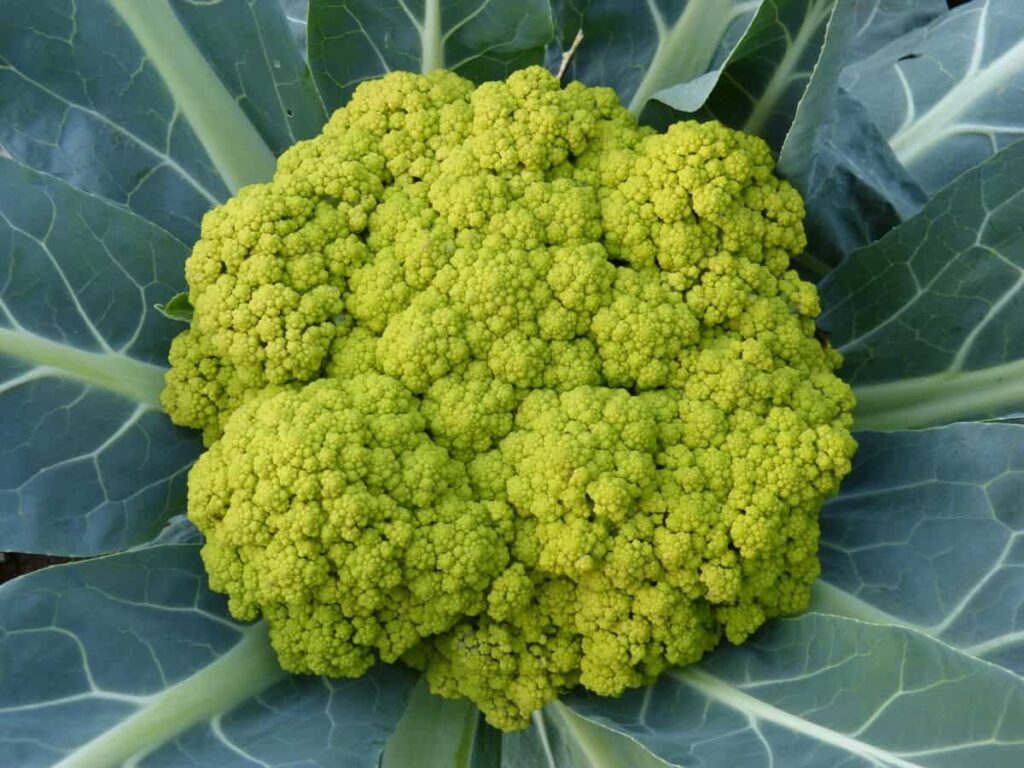
Montana vegetable planting calendar (MT)
When should I start a garden in Montana?
Early May, when it is still warm enough to work outside at night, is the best time to begin making plans and planting. Starting an outdoor garden in Montana can be done in a few different ways, depending on the crops you want to plant, the amount of time and effort you’re willing to put into the garden, the size of your garden, and the climate of your arIn addition, it’sIt’s crucial to take frost dates into account. Thus, your location is crucial.
When the last date of danger from spring frosts occurs is when the initial seeds may be sown and will have the best chance of germinating. Nighttime temperatures in early spring can be too chilly for many plants, although lettuce, radishes, beets, cabbage, spinach, and carrots are exceptions. These garden plants can survive 32 degrees.
Planting times for warm-season vegetables like peppers, tomatoes, and cucumbers are delayed until the weather is more stable in the spring. Planting your seeds too early might still destroy your veggies, even if you start them off inside and then move them outdoors after a few weeks.
What zone is Montana for gardening?
Montana has more than four distinct climates and planting zones, making it a unique and intriguing state. Throughout fact, scientists have identified many climates in the state. The Continental Divide nearly completely separates the state’s eastern and western halves, each of which has quite different climates due to its proximity to the ocean. It prevents the dry air from the continent from flowing westward and the warm air from the Pacific from traveling eastward.
The state’s eastern half consists of badlands and prairies, while the western half is covered with mountains and valleys. To the east, the climate is semiarid continental, whereas to the west, the climate is a hybrid between the northern Pacific coast and the interior, with colder summers and warmer winters. Mid-60s in the summer and low-20s in the winter are typical for the whole state. Montana’s diverse weather results in a broad range of growth zones. It’s possible to find a planting zone anywhere from 3a to 6a in Montana.
What Montana planting zone you are in can be seen on an online map. The earliest and final frost dates for a certain region’s climate are used to establish planting zones. If you aren’t sure what plants and flowers will thrive in your area, it’s important first to identify the hardiness zone. If you are worried about the plants you choose dying throughout the winter, you should stick to those that are hardy in zone 9b or below.
In case you missed it: How to Grow Evergreen Hedge Plants: Best, Easiest, Fastest, and Low-Maintenance for Borders and Privacy
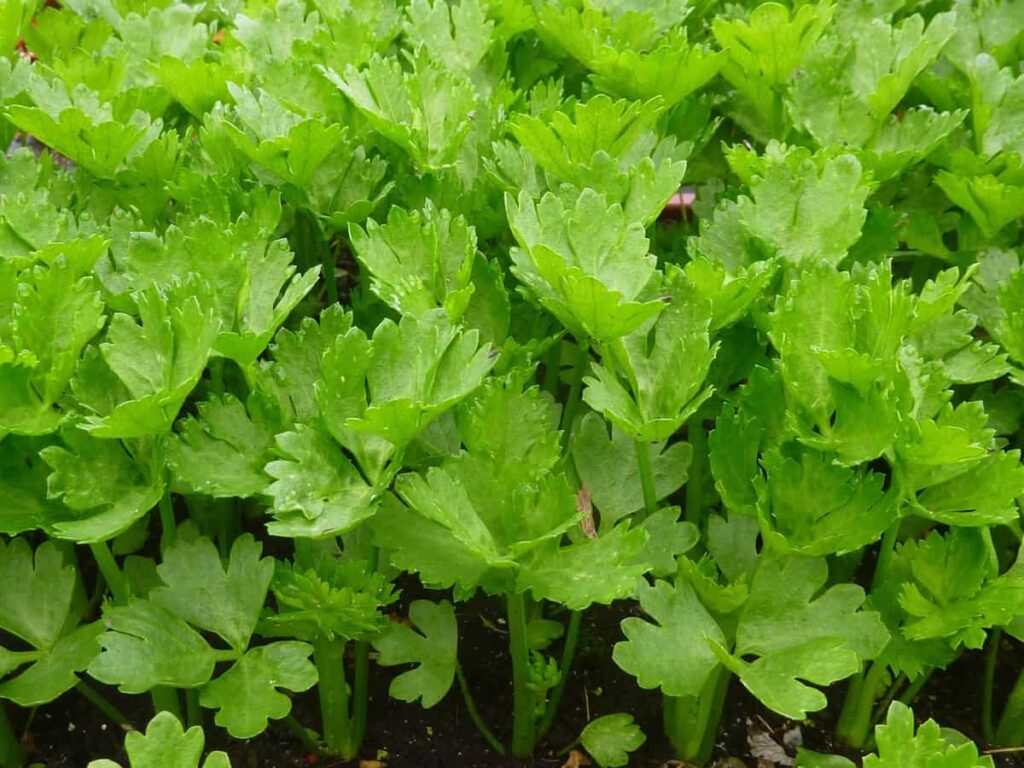
Never purchase plants with a hardiness zone rating greater than your own since they will perish in our harsh winters. There is a wide variety of flowers, plants, and foods that can thrive in Montana’s climate. Mullein, arrowleaf, lupine, prairie coneflower, and clematis are just a few of the flowers that do well here. Plants, including potatoes, peas, mint, squash, mustard greens, sugar beets, and maize, will all mature in garden plots throughout the warmer months.
Can you grow tomatoes in Montana?
Many of us anticipate the first taste of our garden’s tomatoes. The good news is that almost everyone can produce this abundant and tasty fruit, even in Montana’s short season. Selecting the ideal tomato types and providing them with optimal conditions are essential for producing delicious and memorable tomatoes. Even though the growing season in Montana normally has more than 100 frost-free days, the chilly nights at either end will slow down the growth of tomatoes, so choose carefully unless you have a taste for fried green tomatoes.
Marcia warns that although heritage types are trending upwards, it would be a mistake to overlook the hybrid options available. Some consumers shun hybrids because of worry that they have been genetically manipulated, even though many of them are produced expressly for short seasons and can provide speedy maturity, good taste, and disease resistance.
What can you plant in the fall in Montana?
However, plant your bulbs in the autumn if you want spring flowers. Just make sure they are hardy in your area. There’s no guarantee that your bulbs will survive the winter. Do your research to keep from being let down. We can always count on crocuses, narcissus, tulips, and grape hyacinths being beautiful and appropriate. In addition, now is the time to plant your irises.
Carefully monitor the arrival of the bulbs if ordering from a catalog. We recommend planting your bulbs no later than the first week of October. Thus a shipment date of mid-October is too late for most of our regiAlso, don’ton’t bother with the bone meal. Most of Montana’s soils aren’t conducive to its success. Planting garlic is best done in this region between the middle and middle of October.
Plant the biggest cloves root-side down. Mulch your garlic in areas with little snow cover to keep the soil from becoming too hot while growing it. In addition to being a fantastic time to harvest rhubarb, early autumn is also ideal for dividing and transplanting it. Spinach can be seeded in October for a harvest in early April.
How do you grow carrots in Montana?
Keep the gardening pot at about 70 degrees Fahrenheit with the help of a heating pad. You can use a grow lamp to adjust the amount of light your carrot seeds get. It is possible to overwater seeds, so use a spray bottle to water them instead. Furthermore, you should wait two weeks following the last frost before putting your carrot plants outside in the garden.
In case you missed it: How to Design a Bamboo Garden: Ideas for Layout and Planting from Cuttings
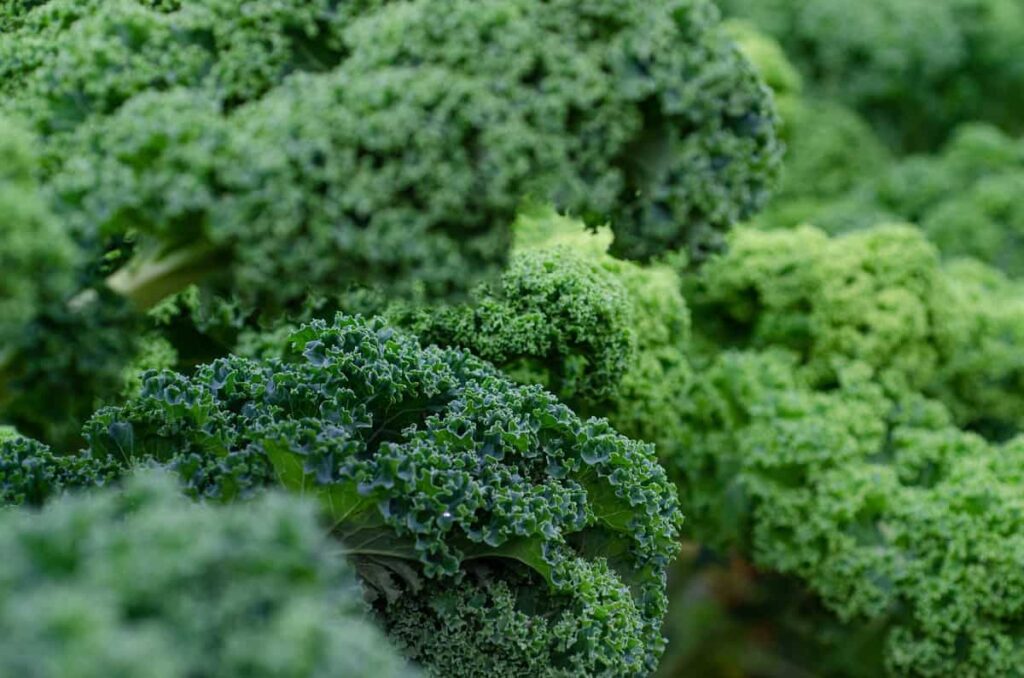
When should I plant potatoes in Montana?
Montana potatoes are best sown in early to mid-May when the soil temperature reaches 55–70 degrees. Deeply till the soil so that water can drain easily. Plant seeds in a trench 8-12 inches deep and 6 inches wide. Increase the distance between plants if you want your potatoes to grow bigger. Smaller potatoes or an early harvest make a height of 8 inches more than enough. Use a depth of 4 inches of soil to conceal the seed bits.
As the potatoes begin to emerge, you can finish backfilling the trench. Side-dress with compost or a small quantity of granular fertilizer during the second hilling. However, manure has been shown to encourage the growth of scabs. Thus its usage is usually discouraged. Do not let the potatoes get soggy. To prevent scabs, keep the soil consistently wet while the tubers grow.
When to harvest potatoes in Montana?
New potatoes can be harvested after around 60-70 days. It is possible to gauge the size of the plant by digging around its periphery with a fork and taking a few tubers for examination. When they are big enough, you can dig them whenever you want. Reduce watering in late summer and let the vines die back naturally, or clip them if you want to harvest mature potatoes for storage over the winter. Dig up potatoes and shake off as much of the soil as possible after the vines have been dead for about two to three weeks, often after the first frost. Put away in a cold, dark location.
How do you grow onions in Montana?
Select bulbs to begin with a diameter of little more than half an inch. Begin sowing seeds two to four weeks before the final expected spring frost. A planting depth of one inch and a spacing of two to four inches in full sun are ideal conditions for bulbs. Due to their thin root systems, onions need regular watering and weeding. A weekly rainfall of two to four inches is sufficient. Take off the lids and store them in a mesh bag in a dark, cool area for two to three weeks.
If you wait to wash onions until just before using them, they will keep for much longer. Onions dried out completely in their bulbs should be stored in a dark, cold, and airy environment. Garbage bags are not suitable for storing onions. Sweet or mild onion types with a high water content must be refrigerated if their storage life is prolonged. Whether purchased whole, already peeled, or sliced, onions benefit from being stored cold.
Can you plant trees in the fall in Montana?
You can save much money on trees and shrubs by planting them in the late summer or autumn when the local nursery has its end-of-season specials. Watering demands decrease as summer ends, and plants thrive on the warm soil as their roots spread out. Remember to start seeds inside or in a greenhouse so plants can grow before the soil freezes.
Small feeder roots can be killed in direct sunlight in as little as one minute. Therefore, it’s important to take precautions before planting. Without them, the plant will have a harder time taking in water, suffer more from transplant shock, and have a lesser chance of surviving. The planting hole should be at least a foot wide and six inches deep. Loosen the inside of the hole if you have dense soil.
In case you missed it: Missouri Vegetable Planting Calendar (MO): Month-wise Chart, Schedule, and Guide for Zone 5, Zone 6, and Zone 7
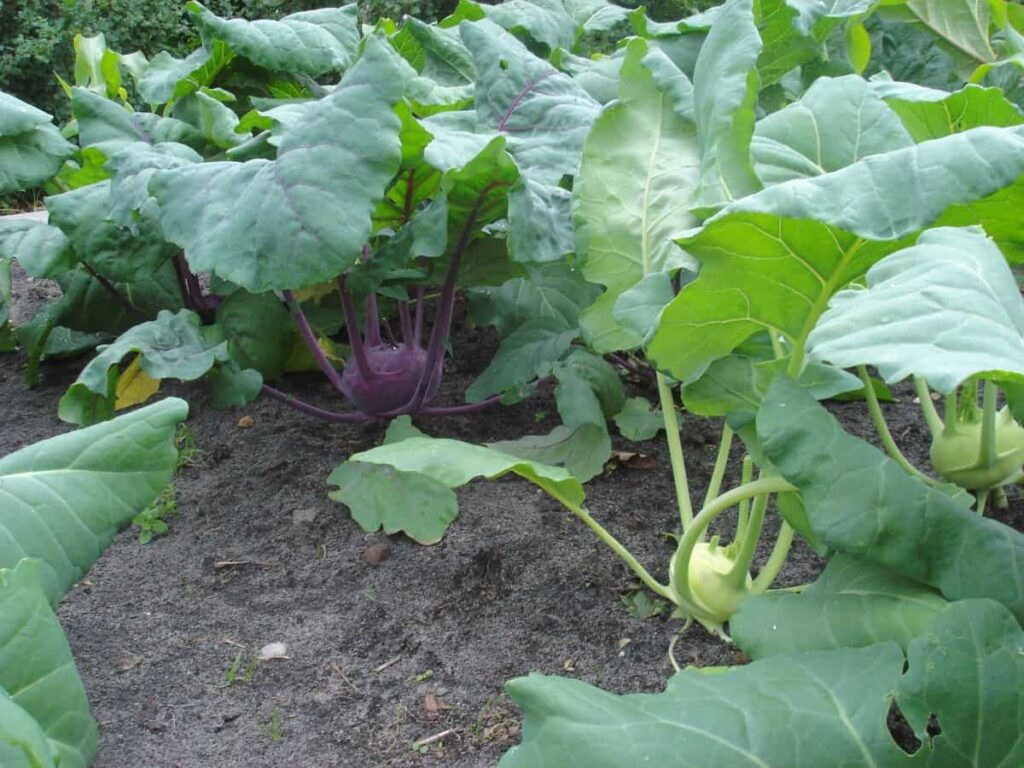
When can you plant carrots in Montana?
Four weeks before the final frost, sow carrot seeds outside. Some dwarf or dwarf-like types can be grown successfully in a container. Carrot seeds are tiny, making it challenging for kids to plant them in a grid pattern. Carrot seeds can be pasted on seed tape and planted with children’s aid.
A carrot plant only lives for two years. Taproot and edible foliage are formed in the first year of a plant’s life. The plant produces bigger leaves, blooms, and seeds in its second year. If you want to witness an unusual blossom the following summer, try storing a carrot over the winter.
When should I plant seeds indoors in Montana?
In Montana, the indoor planting of seeds begins in March. On March 17, you should begin planting your tomatoes and peppers. The summer and frost-free time are too short for plants to develop in north-western Montana and many other northern states. A frost-free period is between the final spring frost and the first autumn frost.
The final spring frost usually occurs in northwest Montana during the last week of May and the first week of June. Keeping track of when the last spring frost occurred at your location is important if you want to maintain detailed records.
How long is the growing season in Montana?
On average, there are around 95 days that pass in Montana between the state’s last and first frost. When you want to plant tomatoes, peppers, and other vegetables, refer to the planting schedules provided below.
In case you missed it: USA Vegetable Planting Calendar: Month-wise Guide, Schedule, and Chart for All Zones
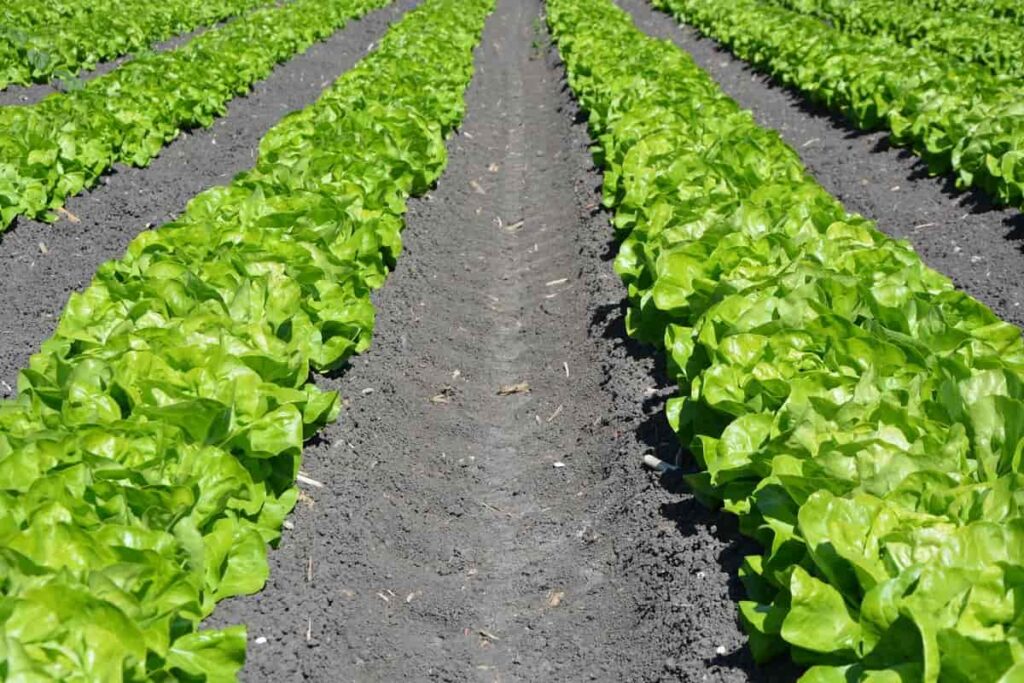
Montana vegetable planting calendar/guide/schedule/chart
| Vegetables | Zone 3 | Zone 4 | Zone 5 | Zone 6 |
| Snap Beans | Mid-June to mid-Sep | June to Mid-Sep | Mid-May to Sep | May to mid-Oct |
| Lima beans | Mid-May to mid-June | May | Mid-May to Sep | May to Mid-Oct |
| Beets | Mid-May to mid-Sep | Mid Apr to Jun, Mid-July to Sep | Apr to June Mid-July to Mid-Oct | Mid Mar to June, Mid-July to Mid-Oct |
| Broccoli | Mid-May to Sep | Apr to June, July to Mid-Aug | Mid-Mar to June July to Oct | Mar to Mid-June, Mid-July to Oct |
| Brussel Sprouts | Mid-May to mid-Oct | Mid Apr to Mid-Oct | Apr to Oct | May to Oct |
| Cabbage | Mid-May to mid-Sep | May to Mid-Oct | Mid Apr to Oct | May to Oct |
| Carrots | Mid-June to mid-Sep | Mid Apr to June Mid-July to Sep | Apr to Jun, Aug to Mid-Oct | Apr to June, Aug to Oct |
| Cauliflowers | Mid-May to Sep | May to Sep | Mid Apr to Mid-Oct | Mar to Mid-June |
| Corn | – | June to Mid-Sep | Mid-May to Mid-Sep | May to Sep |
| Cucumber | Mid-June to mid-Sep | June to Mid-Sep | Mid-May to Mid-Sep | May to Sep |
| Kale | May to Sep | Mid Apr to June Mid-July to mid-Oct | Apr to June Mid-July to Oct | Mid Mar to Mid-June, Aug to Mid-Nov |
| Lettuce | May to Mid-Sep | May to June, mid-July to Sep | Mid-Apr to June Mid-July to Mid-Oct | Mid Mar to Mid-June, Aug to Oct |
| Onions | – | Mid Apr to Mid-Sep | Apr to Sep | Mid- Mar to Aug |
| Peas | Mid-May to Mid-Sep | Mid Apr to June | Apr to June Mid-July to Mid-Oct | Mid-Mar to May, Aug to Oct |
| Peppers | Mid Apr to Aug | Mid-Apr to Mid-Sep | Apr to Sep | Mid-Mar to Sep |
| Spinach | May to Sep | Mid Apr to June, Mid-July to Mid-Oct | Apr to June Mid-July to Oct | Mar to June Mid-July to Oct |
| Summer Squash | – | June to Mid-Sep | Mid-May to Sep | May to Sep |
| Tomato | Mid Apr to Aug | Mid Apr to Mid-Sep | Apr to Sep | Mid-Mar to Sep |
| Asparagus | Mid Apr to May | Mid Apr to May | Apr | Apr |
| Artichokes | – | – | – | – |
| Celery | Mid-May | Mid-May | – | |
| Chard | Early-May | Early-May | – | – |
| Chives | – | – | – | – |
| Eggplants | Early June | Early June | May | May |
| Kohlrabi | Mid-Apr to Mid-Aug | Mid-Apr to Mid-Aug | Early-Apr and Late-Sep | Early Apr and Late-Sep |
| Okra | Early-June | Early June | Mid-May to Late-May | Mid-May to Late may |
| Potatoes | Mid-Apr to June | Mid-Apr to June | Early-Apr to Mid-Apr | Early Apr to Mid-Apr |
| Radish | Apr to June, Aug | Apr to June | Late Mar to Early-May | Late-Mar to Early-May, Aug |
| Winter squash | May to June | May to June | May | Mid-May |
In case you missed it: How to Propagate Peace Lily: Flowering Stages, Planting, Growing, and Care for Indoors and Outdoors
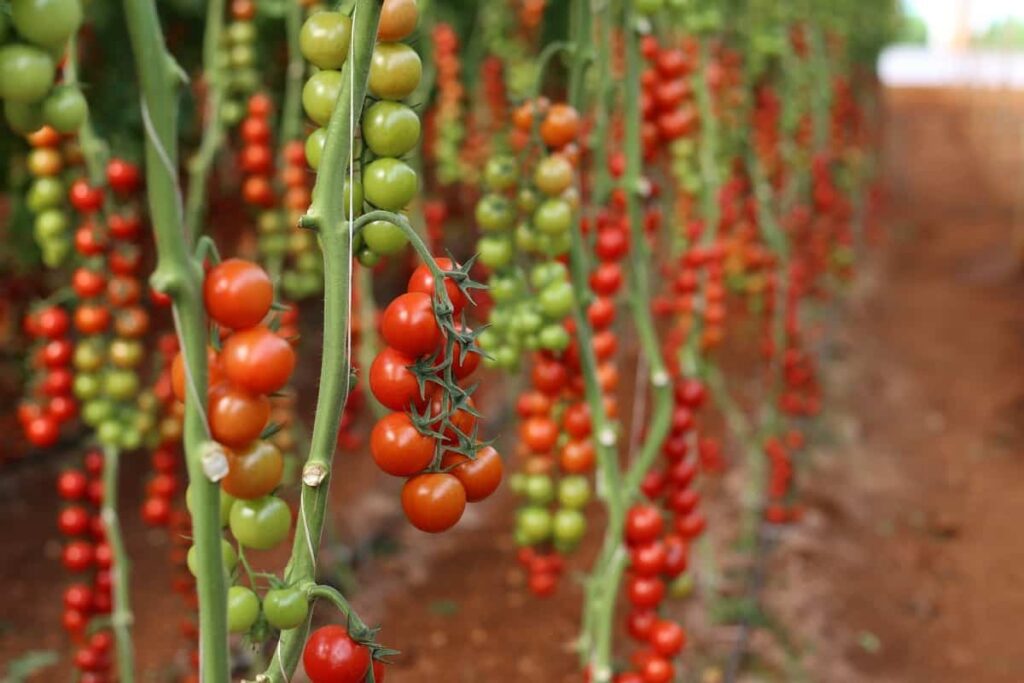
Conclusion
Despite the difficulties, vegetable gardens in Montana nevertheless provide a variety of food during peak seasons.
- How to Raise Pigs in Your Own Backyard: A Comprehensive Guide
- Budget Friendly Sheep Shed Ideas: Cheap and Low-Cost Tips
- How Much Do Cattle Farmers Make: Revenue Streams in Cattle Farming
- Management Pests and Diseases in Your Cotton Field
- Sheep Farming Business Plan for Beginners
- Aquaponic Farming at Home: A Step-By-Step Guide
- Profitable Village Farming Business Ideas in 2024
- High-Yield Aquaculture: Fast-Growing Fish for Farming
- Effective Fish Pond Construction Techniques for Beginners
- Irrigation and Water Management in Pineapple Farming
- Blossom to Harvest: Mastering Flowering and Pollination in Papaya Farming
- Pig Fattening Essentials: From Selection to Sale for Beginners
- Raising Wagyu Cattle: A Complete Guide for Premium Beef Production
- Soil Types and Their Water Holding Capacity
- Optimizing Irrigation Schedules for Coconut Groves for Enhanced Yield
- Espresso Your Garden: Coffee Grounds for Healthier Acid-Loving Plants
- The Best Soil Mix for Snake Plants: How to Mix Your Own Snake Plant Soil
- Green Thumb Success: Expert Tips for Cultivating Greenhouse Beans All Year Round
- Bloom All Year Round: The Ultimate Guide to Indoor Hyacinth Care
- Eco-Friendly Gardening: How to Make Liquid Fertilizer from Kitchen Waste
- Ultimate Guide to Grow Anise in Pots: Explore Seed Propagation to Harvesting
- Guide to Raising Chester White Pigs: Discover Breed Facts to Growth Management
- Mastering the Elegance: The Ultimate Guide to Weeping Cherry Tree Care, Planting, and Maintenance
- Ultimate Guide to Planting Garlic in Grow Bags: Growing Strategies for Beginners
- How to Fix Spider Plant Leaf-Related Problems: Natural and Organic Remedies
- 10 Reasons Why Your Tulsi Plant is Shedding Leaves: Home Remedies and Solutions
- Optimizing Growth and Yield: The Advantages of Palm Bunch Ash Fertilizer
- Utilizing Neem Oil Extract as a Natural Pesticide for Hydrangea
- From Soil to Harvest: Various Ways in Which Farmers Can Use AI Tools
- Steps to Encourage and Induce Citrus Flowers: A Comprehensive Guide
- How to Fix Snake Plant Leaf-Related Issues: Natural and Organic Remedies
- Transform Your Garden into a Fragrant Oasis with Raat Ki Rani (Night Blooming Jasmine)
- Discover the Ideal Chicken Breeds for Philippine Farms
- How to Create a Poultry Egg Farm Business Plan for Profits
- Grow Lemon Cucumbers Like a Pro: Insider Techniques for Bountiful Yields
- Ultimate Guide to Caring for Your Pink Princess Philodendron: Tips for Thriving Variegation
